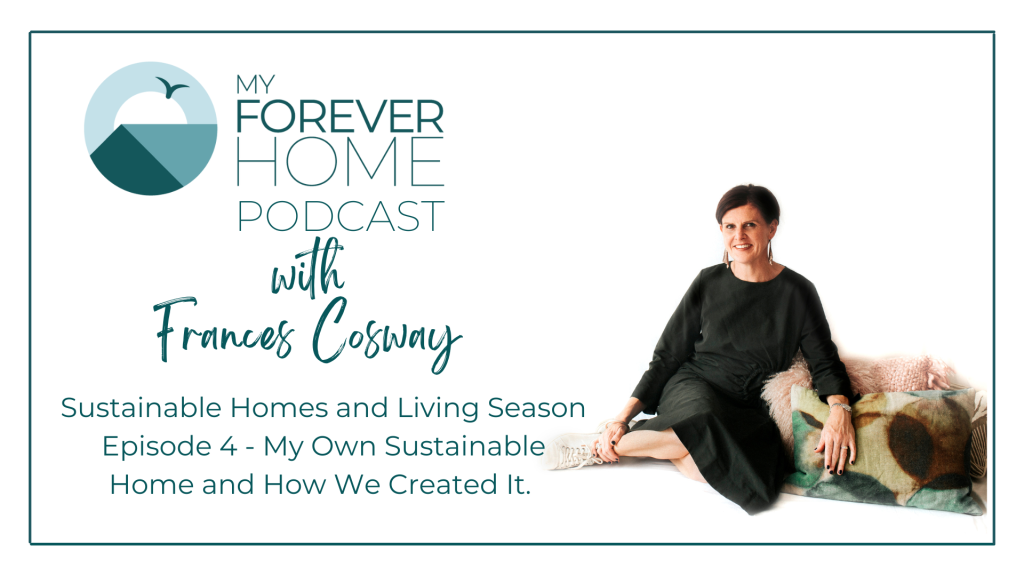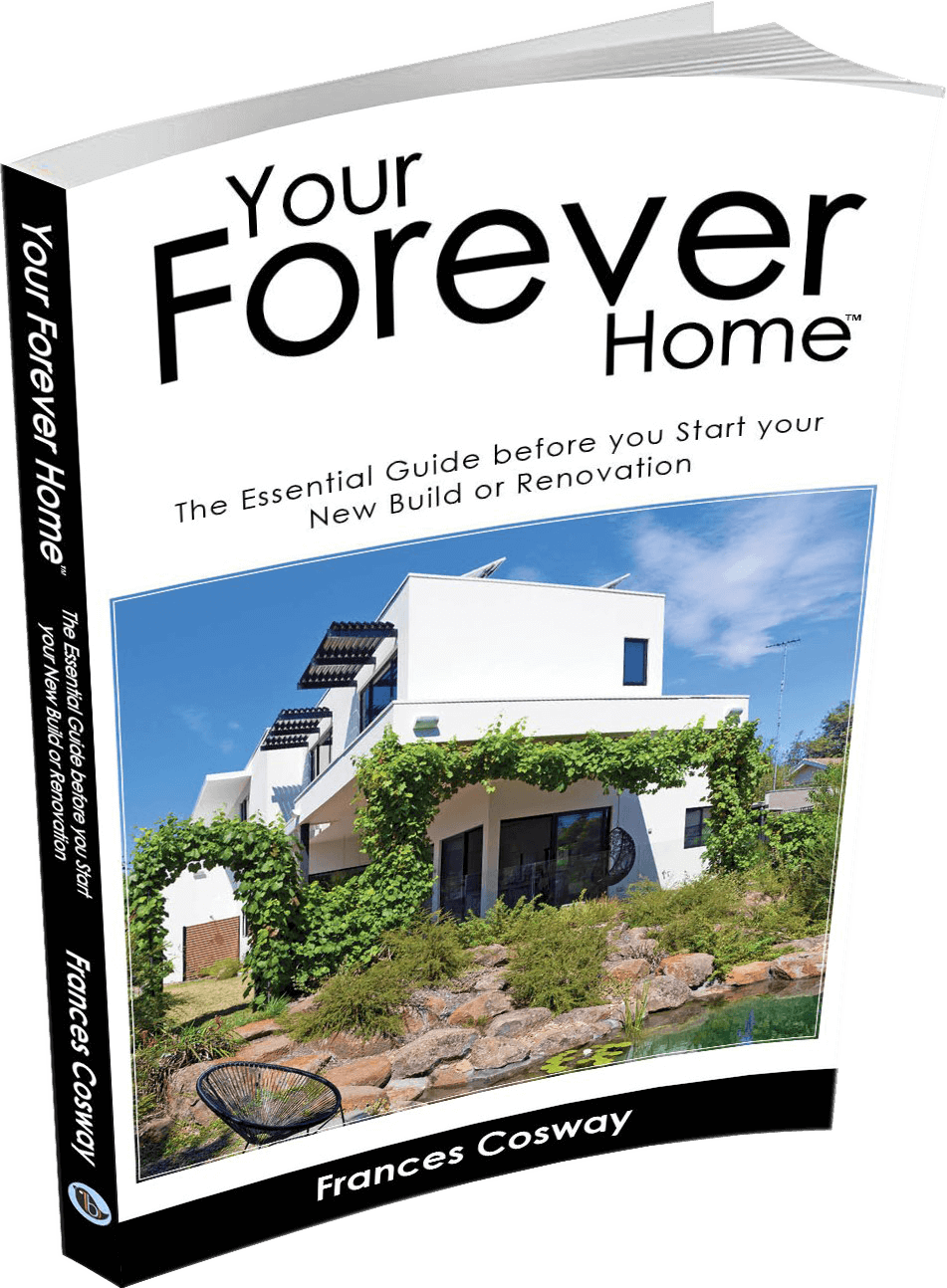In this episode of the podcast, Frances is joined by her partner, Neil, as they chat about how they went about designing and building their Award Winning, Sustainable Forever Home. They discuss the challenges, the things they didn’t compromise on, and how the whole project came together.
This is an information rich episode on how to get started and what to keep in mind when considering a sustainable and energy efficient home.





